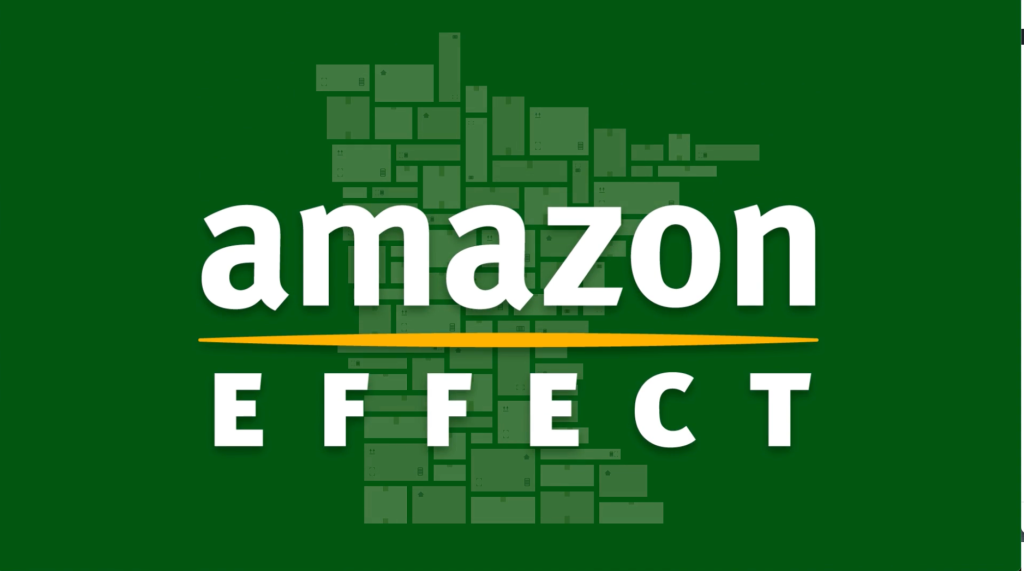Online sales have permeated everyday life and their impacts stretch beyond convenience of shopping. Local leaders see the evidence every day in their communities: more and more delivery trucks going down their roads, stopping at their neighbors’ or their own houses, dropping off products that were once maybe purchased in their own or a nearby community. They’re also seeing the closure of retail storefronts. And after decades of watching businesses move away from their communities to concentrate in economic centers, rural leaders are left wondering if this is the “next shoe to drop” in their community’s economic demise.
Concerns about the impact this shift in shopping behaviors will have on local government revenues center on two revenue sources: sales tax revenue for cities and counties that implement a local-option sales tax and property tax revenue from commercial properties. Fortunately, due to the Supreme Court’s recent ruling allowing states to force out-of-state retailers to collect and remit sales taxes, as well as the hard work by the Department of Revenue to create processes ensuring taxes are going to the correct jurisdictions, our rural areas are not seeing any sort of negative impact on sales tax revenues. In fact, academic research shows that our rural areas of the state may stand to benefit from the shift in shopping behaviors. Revenues from property taxes are also, so far, not being impacted. Although the number of retail firms has declined dramatically, these properties are a relatively small share of the overall property tax revenue pie. Coupled with dramatic growth in other property tax classes, rural areas have actually experienced the most significant growth in property tax revenues in the state.
Our new explainer video provides a quick overview of the report and data to show that, so far, this is a good news story.



